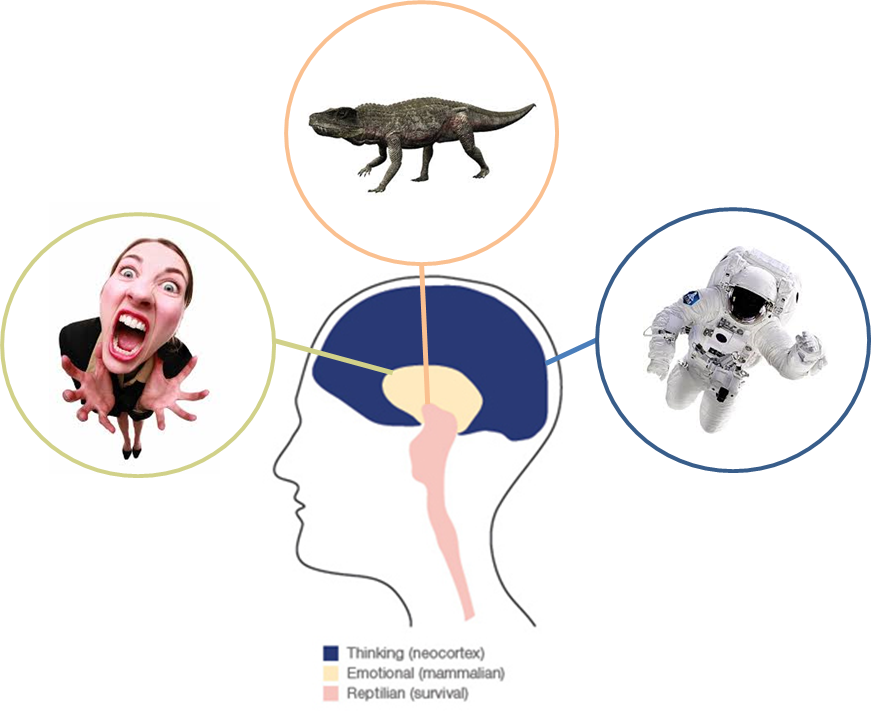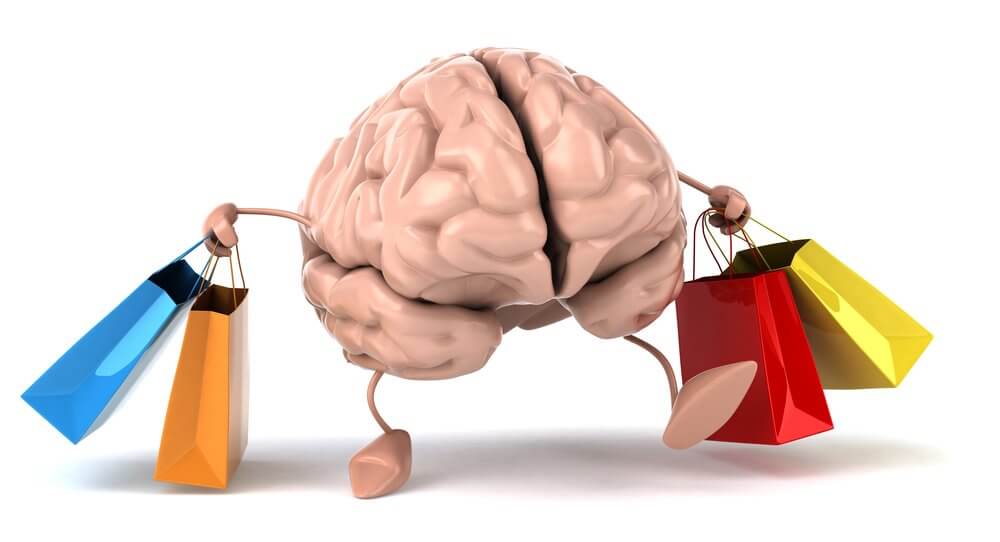The Neuromarketing is an interdisciplinary subject that combines traditional marketing (economics) with neuroscience (medicine) and psychology (behavioral sciences), and aims to illustrate what happens at the physiological level in people’s brains in response to related stimuli (products and packaging, web pages and services, brands, advertising or retail experiences), to analyze and define the best strategies that lead to buying behavior.
The neuromarketing, in fact, studies how the brain behaves during precise tasks involving the brain decision making processes. The very composition of the neuromarketing name highlights the relevance of the central nervous system, especially in the brain areas active during decision-making processes, and was deepened by Professor Ale Smidts, a researcher at the University of Rotterdam at Department of Marketing Management.
Automatic processes of mind when making choices
Psychology deals with the study of any behavior of the human being that can develop, and measure, in different dimensions, at a physiological level, at the level of thoughts, of emotional reactions and at the level of observable behaviors and relational behaviors. Each action is the result of the interaction between the different cognitive, emotional and social systems, some under conscious control and others automatic.
Recent discoveries in neuroscience show that in the human brain, alongside processes rationally controlled by the subject, there are automatic processes, both cognitive and emotional, and many choices involve precisely these, of which there is often no rational awareness.
The techniques of brain imaging show that in the brain we can distinguish three areas that influence human decision-making in different ways:
- the ancient brain
- the intermediate brain
- the cortical brain

The “automatic” processes are immediate, occupy different areas of the brain and are faster than conscious-rational reasoning.
Neuroeconomics wants understand what does not spring to conscious rationality during the decision making processes towards the purchase choice or the engagement to a brand, and for this purpose it take advantage of the use of brain activity visualization techniques to understand what actually happens at the neuro-cognitive level, through:
· functional electromagnetic resonance systems (fMRI, Functional Magnetic Resonance Imaging)
· of electroencephalography (EEG).
Neuromarketing studies the functioning of the mind at both a rational and an automatic level, both cognitive and emotional, in response to certain stimuli for promotional or advertising purposes, in order to determine the level of effectiveness of the communication in question.
The traditional marketing often overlooks important automatic processes, such as implicit associations and emotions, and is generally based on informed and declarable choice processes on the part of the subjects who experience them, an assumption that the research revealed to be incorrect.
The classic example of the famous study led by Dr. Gemma Calvert and Professor Richard Silberstein highlights, thanks to the techniques of neuroimaging, what happens in the ancient brain (implicit processes) of people to the vision of some stimuli, and what they report (controlled processes) of the experience.
The study concerns the demonstration of the ineffectiveness of the message against tobacco smoking, thanks to the tools of neuroimaging that show how dissuasive labels actually stimulated an area of the brain intensely, the nucleus accumbens, also called the “center of desire”, and therefore had no deterrent effect on the desire to smoke, although most voluntary tests claimed that dissuasive labels worked.
Implicit responses affect every communication
In the field of advertising research it was observed how the implicit mechanisms (or processes with low involvement or automatic choice) can intervene in all processes of interaction with a brand, from perception and memorization to purchasing behavior.
The choice of the product-service is often made on the instinctive basis, when the intuition bulb is turned on, then using the automatic selection mechanisms, without a particular involvement of controlled and rational processes.
When the individual acquires information automatically through implicit and subconscious processes without effort to learning, one speaks of implicit learning, where the working memory is not used and the complex messages that require analysis and reasoning are not considered.
This implicit automatic memory is activated every time we interface to stimuli and to advertising, regardless of awareness that we have and how much voluntary attention we devote.
Moreover, the brand engagement and purchasing decisions are often linked to deep-rooted and automatic emotional traces, without consumer awareness.

The automatic and parallel neural processes, that is low involvement, configure a communication with little attention that generates associations over time and often automatically and instinctively memorises concepts connected to these associations. These condition the implicit choices of personal preferences and behaviors, in relation to the previous emotional traces.
Soon we will go into even more detail about this fascinating world of neuromarketing further investigating its facets and fields of application – including case studies.
Bibliography and sources:
· Babiloni F., Meroni V., Soranzo R., (2007), Neuroeconomics, Neuromarketing and Decision Processes, Springer.
· MacLean, PD (1993), Cerebral evolution of emotion, in M. Lewis, JM Haviland (Eds), Handbook of Emotions (pp. 67–83). New York: Guilford Press.
· Lindstrom M. (2009), Neuromarketing, Apogeo.
· Zurawicki L., (2010), Neuromarketing: Exploring the Brain of the Consumer, Springer.